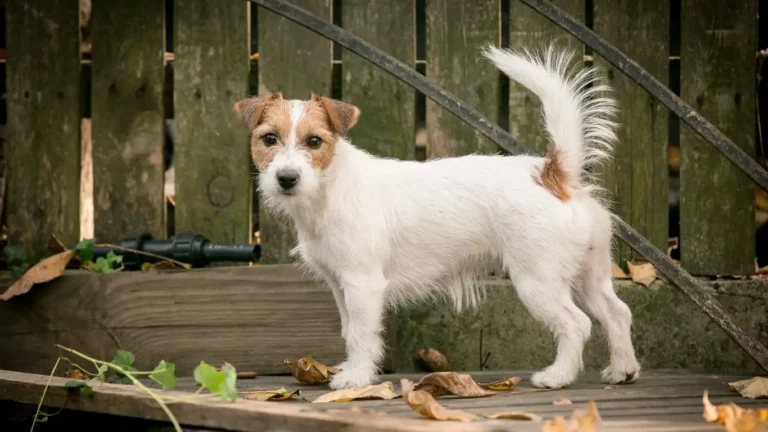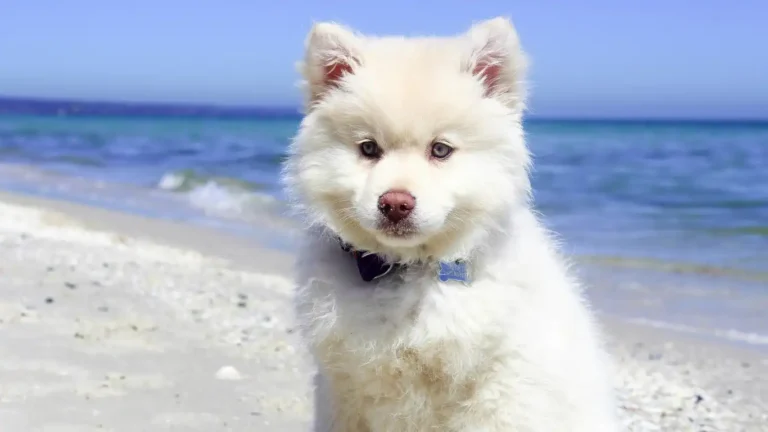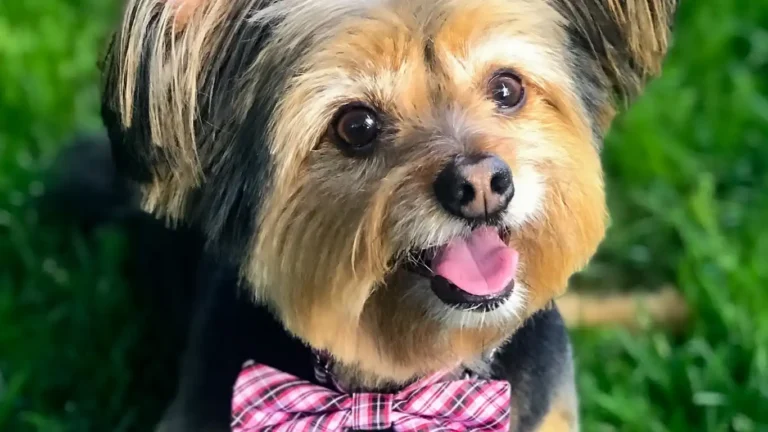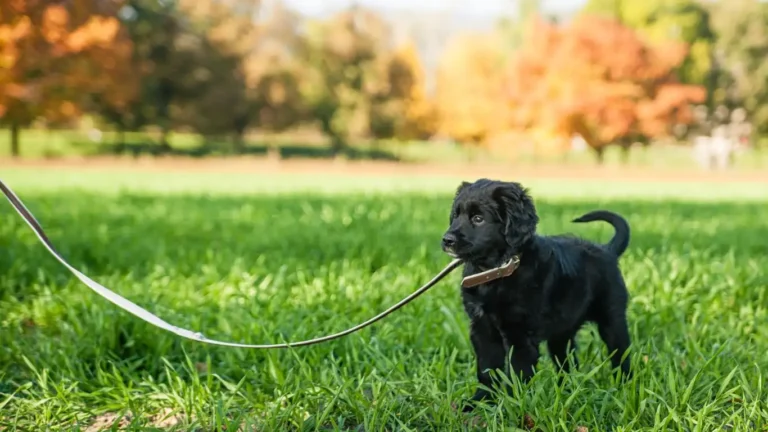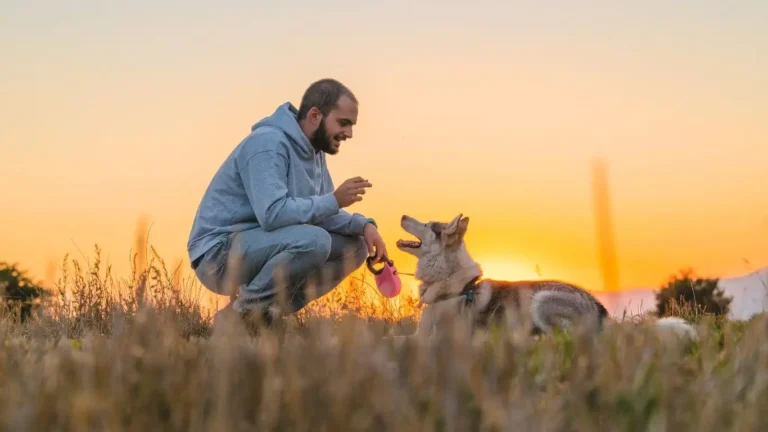Proven Tips to Train Your Dog to Tolerate Big Crowds Stress-Free
If you’ve ever found yourself asking how to train a dog to tolerate big crowds, you’re not alone. I’ve been a Canine-Assisted Therapy Trainer for over a decade, and let me tell you—socializing a dog to handle busy, noisy places isn’t just possible, it can be pretty fun when done right. Whether you’re navigating a farmers market, taking your pup to a public event, or preparing them for therapy dog certification, helping your dog get comfortable around bustling environments is one of the most rewarding parts of training.
Why Crowd Tolerance Matters for Your Dog
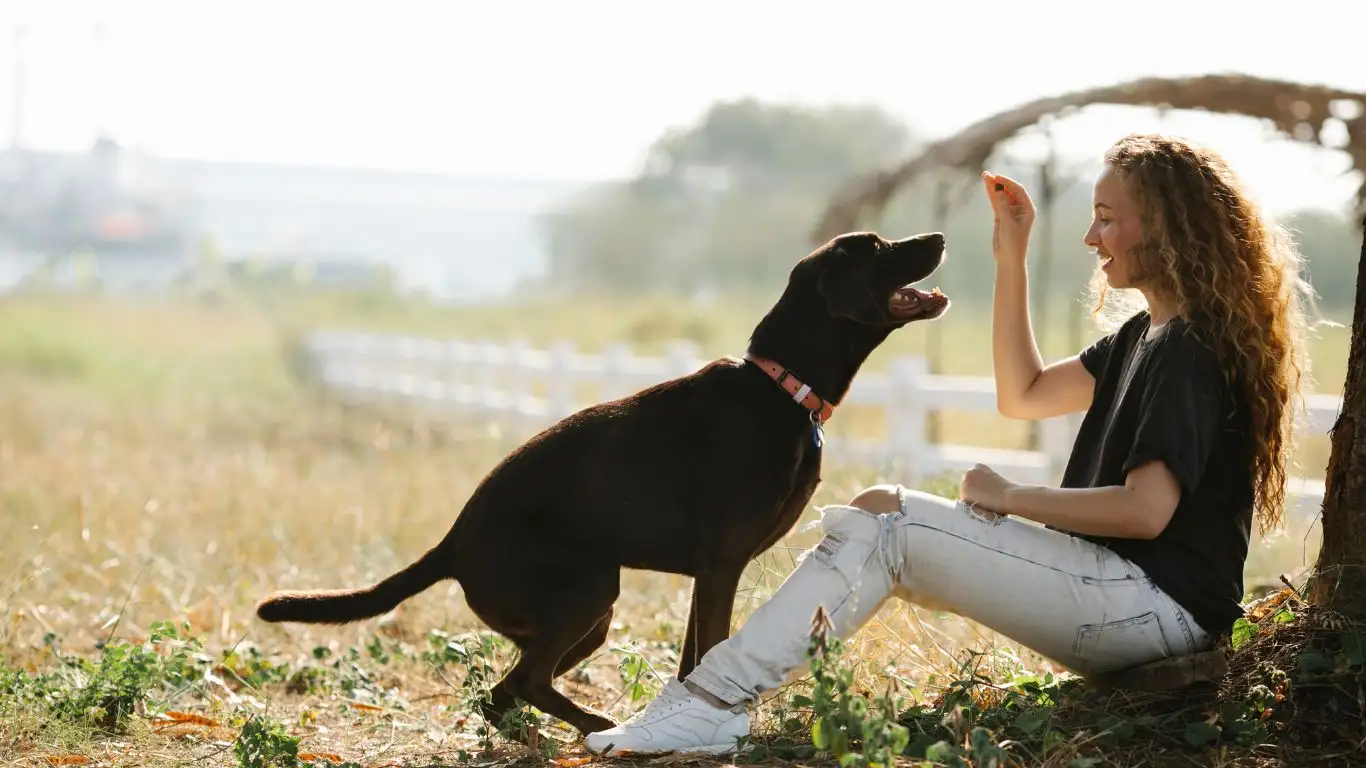
Crowds can be overwhelming for dogs. From erratic movement to loud noises and unfamiliar smells, the sensory overload is real. But here’s the thing—you can absolutely build your dog’s confidence to handle it all. I’ve worked with everything from excitable puppies to skittish rescues, and with the right approach, they’ve all managed to thrive in social settings. Getting them there just takes some know-how, patience, and a bit of empathy.
Understanding Your Dog’s Stress Signals
First, we need to recognize when a dog’s not coping well. Dogs communicate stress differently than we do, and catching the signs early prevents things from escalating. Keep an eye out for:
- Pinned back ears
- Tail tucked low or between the legs
- Yawning, lip licking, or panting when it’s not hot
- Pacing or pulling on the leash erratically
It’s important to pause and give your dog space when they show these behaviors. Never push them too far too fast. I’ve had dogs freeze in place in the middle of a shopping center—it’s not their fault, they’re just saying, “This is too much for me right now.”
Start Small, Think Big

One of the most effective techniques I’ve used in training therapy dogs to handle big crowds is gradual exposure. Rome wasn’t built in a day, and neither is a socially confident pup. Here’s how I break it down:
Find a Low-Key Starting Point
Begin in a quiet park during off-peak hours or a calm neighborhood street. Let your dog observe people from a distance, rewarding calm behavior with high-value treats. Slowly decrease the distance as your dog gets more comfortable. This method is called desensitization, and it works wonders.
Bring in Familiar Distractions
Something I always tell new handlers is to bring a familiar object—like a favorite toy or blanket—when introducing a dog to new environments. It creates a sense of normalcy amid the chaos. Think of it like bringing a comfort snack to a stressful meeting; it just helps.
Use Positive Associations
Pairing new experiences with rewards is huge. I’m talking about the good stuff—real chicken, freeze-dried liver, peanut butter. The goal is to make your dog think, “Crowds = Treat Party.” Over time, they start associating crowds with all these positive vibes, and suddenly that group of joggers passing by isn’t such a big deal.
Reading the Environment Like a Pro
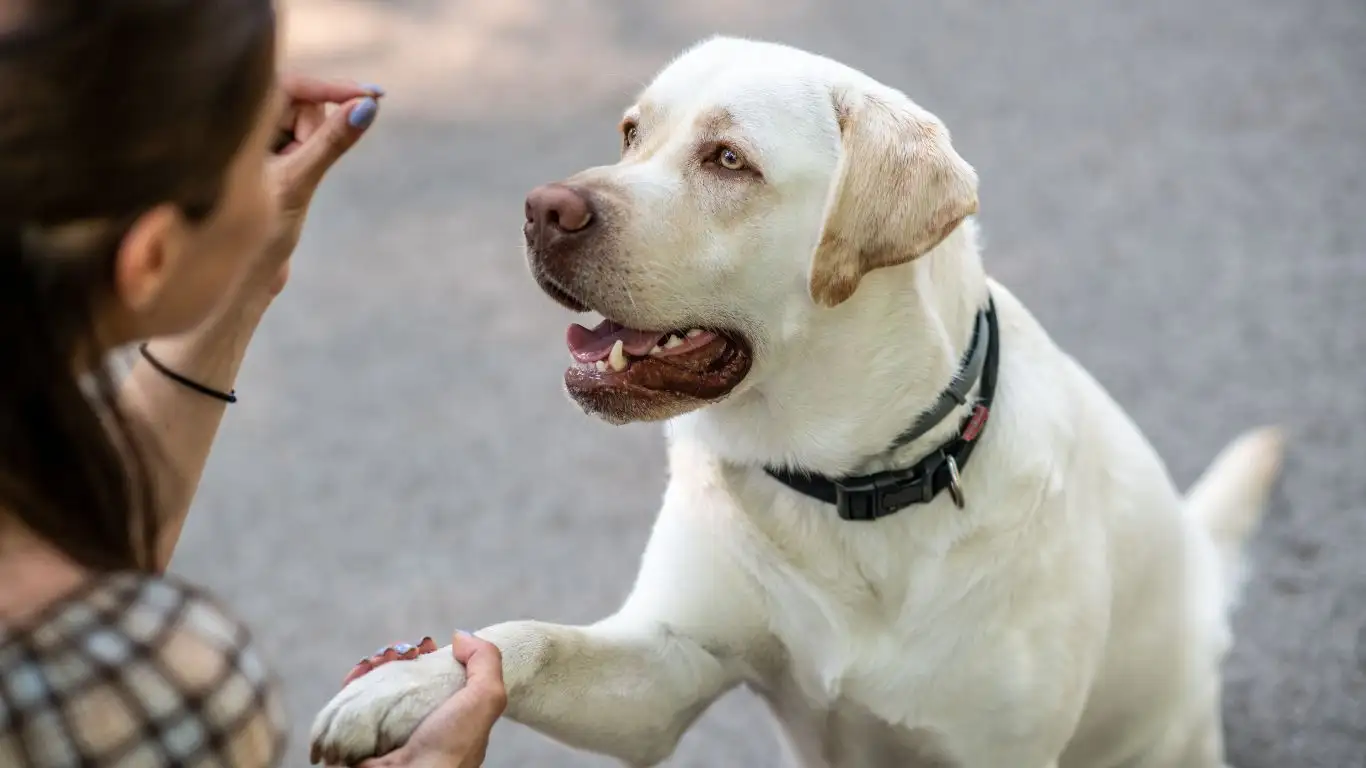
I can’t stress this enough—your awareness as a handler makes a massive difference. You need to scout out potential triggers before your dog does. Is there a guy on a skateboard zooming in? A street performer making sudden noises? A toddler toddling toward your pup like a torpedo? Stay alert and redirect calmly when needed. Your dog will mirror your confidence.
Practice Short, Controlled Sessions
Keep early sessions short. I usually recommend 10-15 minutes max in mildly busy areas, then gradually extend the time. Avoid peak crowd hours in the beginning. I remember taking a golden retriever named Daisy to an outdoor art fair for her first crowd test—five minutes in, we had to bail. But after a few more tries (and some serious snack motivation), she ended up loving it!
Building Consistency and Trust Through Repetition
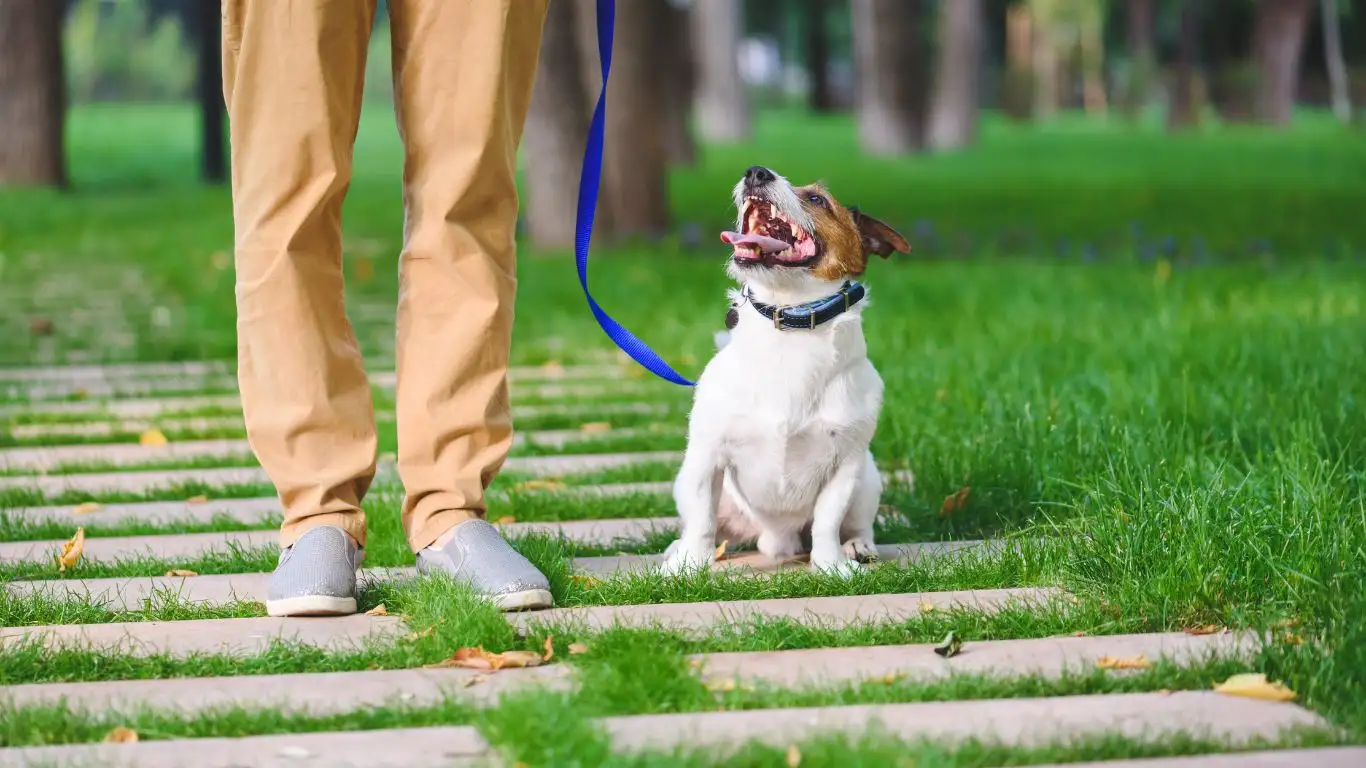
So now that your dog is getting used to smaller crowds, the next step is making that confidence stick. And trust me, this part is all about consistency. I’ve found that the more frequent (and predictable) the training sessions are, the faster dogs learn to stay calm in stimulating environments. Think of it like going to the gym—progress happens when you show up regularly, not just when motivation strikes.
Make It a Routine
Try scheduling at least two to three outings per week where your dog can experience some level of crowd exposure. Don’t stress if you don’t live near a big city—even a local farmer’s market or a pet-friendly hardware store can work wonders. My border collie, Lacey, got most of her early training walking the aisles of a Home Depot. Bonus points for those echoey floors and sliding doors that add a little extra sensory challenge!
Vary the Environment
Dogs are context learners. That means just because your pup can stay calm at the park doesn’t mean they’ll stay chill in a different environment. Switch things up: city sidewalks one day, café patios another. One of my favorite drills is training right outside a school around dismissal time. You get lots of movement, chatter, and unexpected distractions—perfect real-world prep.
Incorporate Obedience into Real-World Scenarios
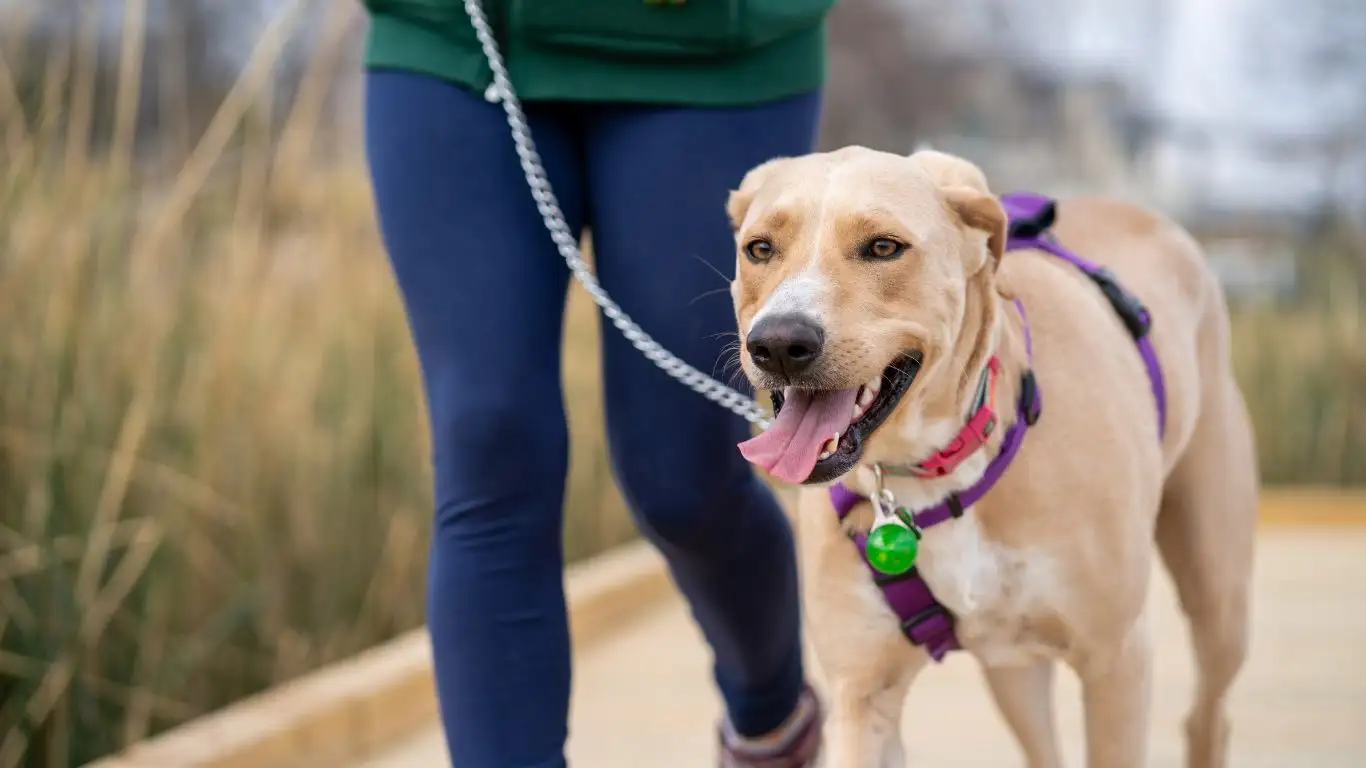
Here’s where things start to get really interesting. Once your dog is showing confidence around distractions, it’s time to layer in basic obedience. Why? Because you’re not just training tolerance—you’re building reliable responsiveness in the middle of chaos.
Work on Focused Behaviors
Start by reinforcing commands like “look at me,” “sit,” and “stay” in mildly busy areas. These are your go-to tools for managing your dog’s attention. I once had a Labrador who could lock eyes with me for a full minute in front of a food truck line. That kind of focus doesn’t just happen—it’s built one rep at a time, and it’s totally worth the effort.
Practice Movement-Based Commands
Crowds require a lot of navigation, so commands like “heel,” “leave it,” and “let’s go” become essential. I recommend short leashes in high-traffic areas and longer leashes for practice in semi-crowded parks. Teaching a dog to weave calmly through people or avoid lunging toward dropped snacks? Now that’s gold.
Managing Setbacks Without Losing Momentum
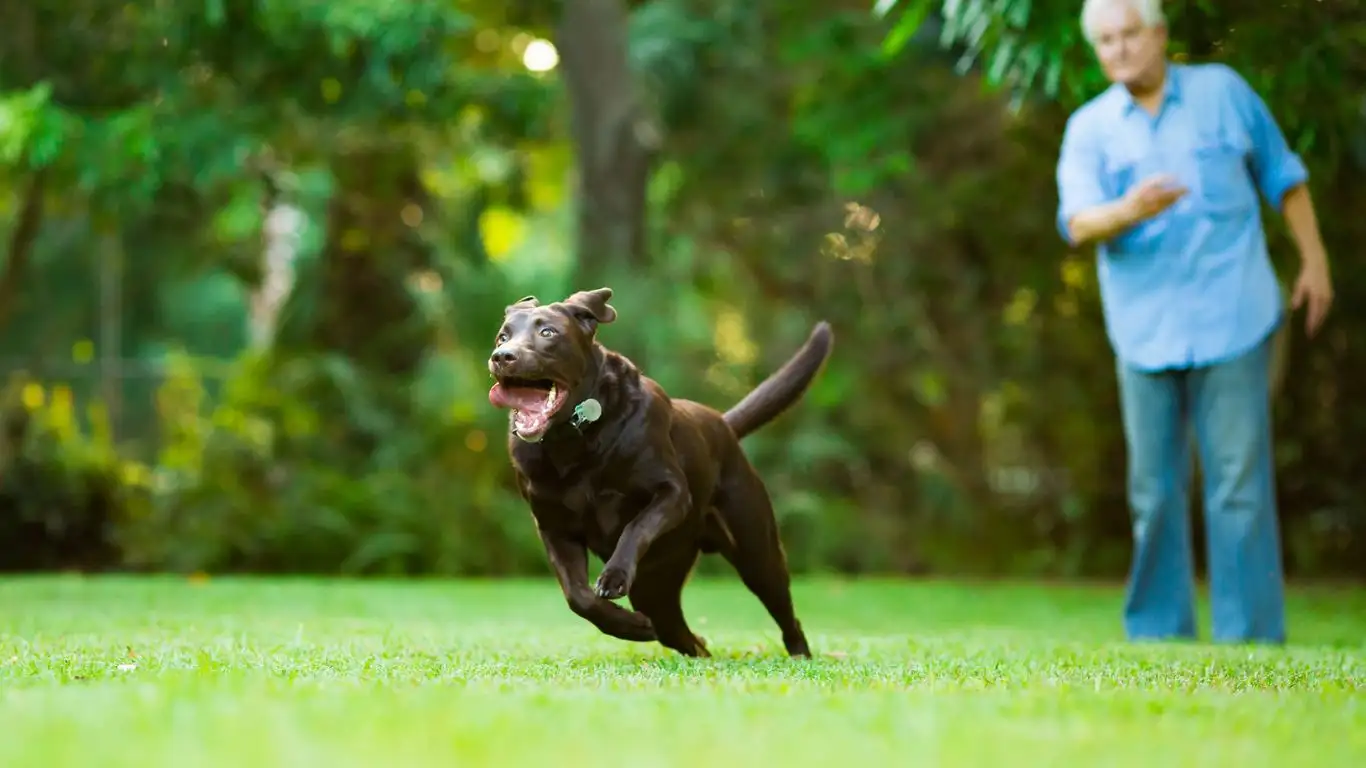
Let’s be honest—not every training session is going to be perfect. Some days your dog might get spooked, freeze up, or totally ignore your cues. And that’s okay. I’ve had dogs who regressed for weeks after a single rough outing. The key? Patience, perspective, and a short memory.
Know When to Take a Break
If your dog hits a wall, back off. Head home, cuddle up, and try again another day. Forcing them to “push through it” usually backfires. A few years ago, I worked with a rescue German shepherd who panicked at the sound of skateboards. We paused skateboard exposure for a full month and focused on building her confidence elsewhere. When we reintroduced it later, she was a totally different dog—calmer, more curious, and way more trusting.
Reinforce the Positive Moments
It’s easy to fixate on the negatives, but try to celebrate the small wins. A calm walk past a stroller, ignoring a barking dog, sitting quietly at a bench—those are huge moments in crowd training! I like to end each session with something my dog loves—whether that’s a game of tug, a special chew treat, or just some silly praise and play. It keeps the experience positive for both of us.
Trainer Tips for Long-Term Success in Crowds
As a Canine-Assisted Therapy Trainer, I’ve picked up a few tricks along the way that have helped hundreds of dogs succeed in public settings. Here are some final nuggets of wisdom for making big-crowd confidence part of your dog’s everyday skill set:
- Use your body language: Dogs are masters at reading us. Stand tall, breathe steadily, and act like you belong in the space. Your dog will pick up on that energy.
- Reward proactively, not just reactively: Don’t wait for your dog to mess up before giving guidance. Catch them doing the right thing and pay them for it!
- Mix social exposure with downtime: After every stimulating outing, give your dog a calm, quiet place to decompress. It helps them process what they’ve learned and prevents burnout.
The journey to teaching your dog how to train a dog to tolerate big crowds isn’t a straight line—but it’s one of the most rewarding paths you can take together. Stay curious, stay flexible, and most of all, enjoy the ride.
Advanced Techniques for Confident Crowd Behavior
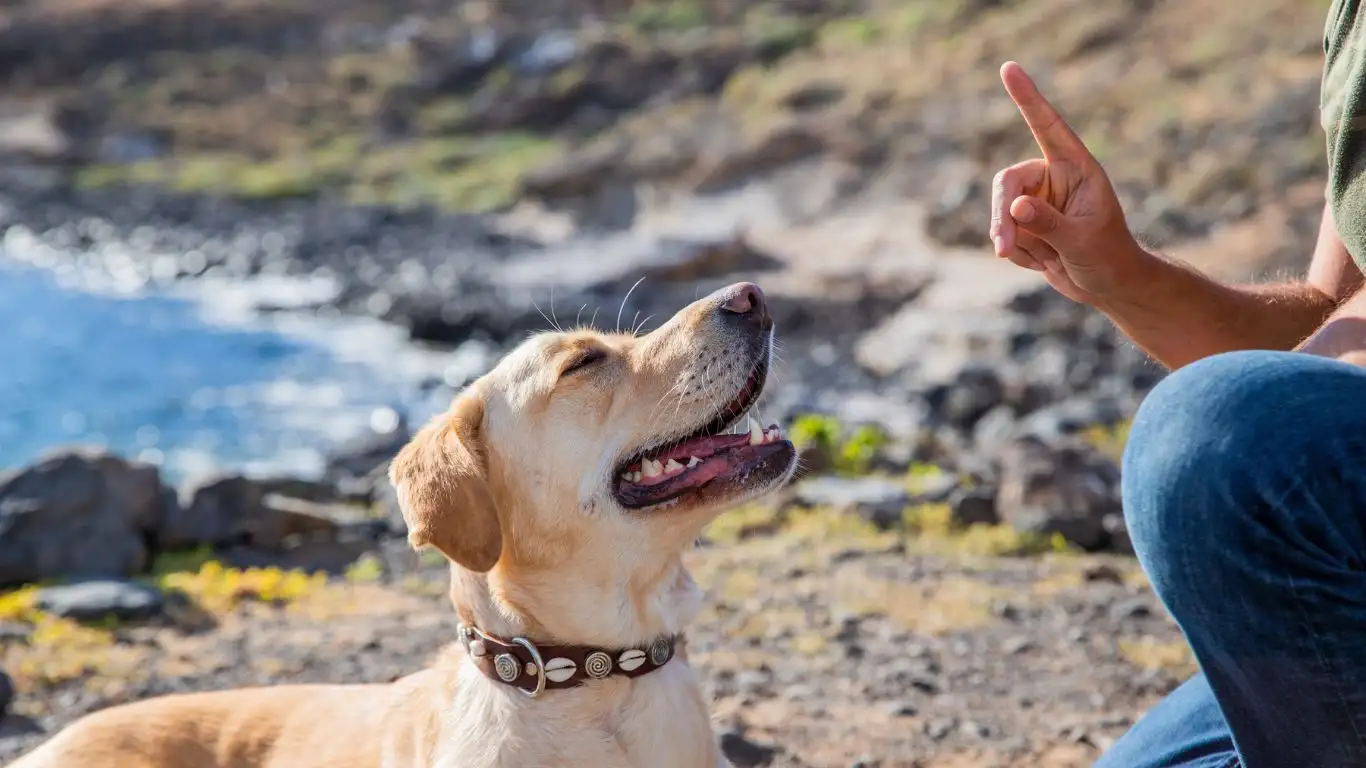
By now, your dog’s probably cruising through moderately busy areas with much more ease than when you first started. That’s something to be proud of. But if you’re aiming for true mastery—like therapy visits, service work, or confidently handling festival-level crowds—there are a few more pro-level techniques to keep in your back pocket.
Desensitization in Action-Packed Zones
Ready to level up? Pick locations that offer a lot of varied movement—think train stations, sidewalk cafés, outdoor music events. Of course, don’t just dive right into the chaos. Start on the outskirts where the noise and movement aren’t so overwhelming. I’ve had amazing results walking dogs parallel to busy parades but from a block away. Each pass gets a little closer. Over time, they’re just another cool spectator, taking it all in stride.
Train with a Buddy (or Two)
Training alongside another calm, crowd-savvy dog can seriously boost your pup’s confidence. Dogs learn a ton through observation. When they see another dog handling the environment without stress, it creates a kind of social proof. I regularly pair nervous dogs with my own pack—who are old pros at this stuff—and the difference is night and day.
Working the “Settle” Command Into Crowded Settings
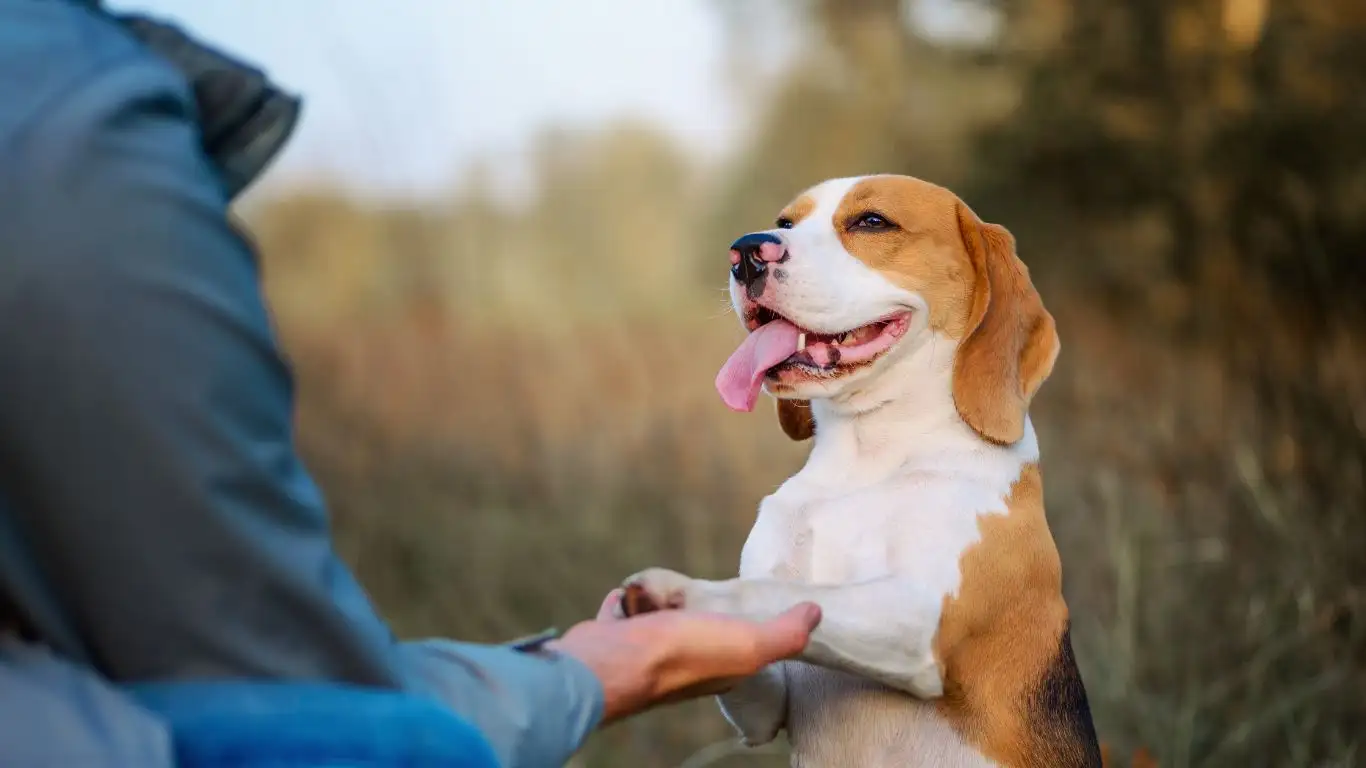
One of the most valuable tools in your crowd-handling toolkit is the “settle” command. It’s essentially a way to ask your dog to chill out—lie down, relax, and disengage from the chaos. This is a game-changer when you’re out for longer periods or waiting around in lines or at events.
Teaching Settle Step-by-Step
- Start at home with a mat or blanket your dog associates with calm time.
- Ask for a down-stay and reward calm body language (soft eyes, slow breathing).
- Once your dog can lie calmly for 10–15 minutes, move the training to new environments like quiet parks, then gradually into public places.
I’ve had dogs who used to spin in circles in crowds now napping on their mat under a café table. It just takes consistency and trust. Don’t rush it—this one’s a slow burn, but totally worth it.
When to Get Professional Help
Here’s something I always like to be honest about: not every dog can comfortably handle large crowds, and that’s okay. Some pups have trauma histories, anxiety disorders, or sensory sensitivities that make intense public settings too overwhelming. If you’ve done the work and your dog still struggles, reach out to a certified behaviorist or an experienced dog trainer who specializes in reactive or anxious dogs.
In fact, I’ve teamed up with veterinarians and behavior consultants for certain cases where the anxiety was deeply rooted. Sometimes, a combination of training and calming supplements—or even medications—is the kindest route. It’s all about your dog’s quality of life.
Final Thoughts: Crowds as a Training Lifestyle
At the end of the day, training your dog to tolerate big crowds isn’t about forcing them into overstimulating situations—it’s about slowly expanding their world in a way that makes them feel safe and successful. And you know what? It’s also about learning together. I’ve grown just as much as my dogs through this process. Each training session is a shared experience, a trust-building moment, and, honestly, a great way to deepen your bond.
With patience, solid techniques, and a little bit of trial-and-error, your dog can become that calm, collected companion who’s comfortable just about anywhere—from downtown sidewalks to charity walks, and even therapy visits in hospitals and schools.
References
- https://www.apdt.com – Association of Professional Dog Trainers
- https://www.avma.org – American Veterinary Medical Association
- https://www.ccpdt.org – Certification Council for Professional Dog Trainers
- https://www.aspca.org – American Society for the Prevention of Cruelty to Animals
Disclaimer
This article is based on my personal and professional experiences as a Canine-Assisted Therapy Trainer. It is not a substitute for professional veterinary or behaviorist advice. If your dog exhibits signs of severe anxiety or aggression in crowds, please consult a qualified expert. Always prioritize your dog’s safety and emotional well-being throughout the training process.
